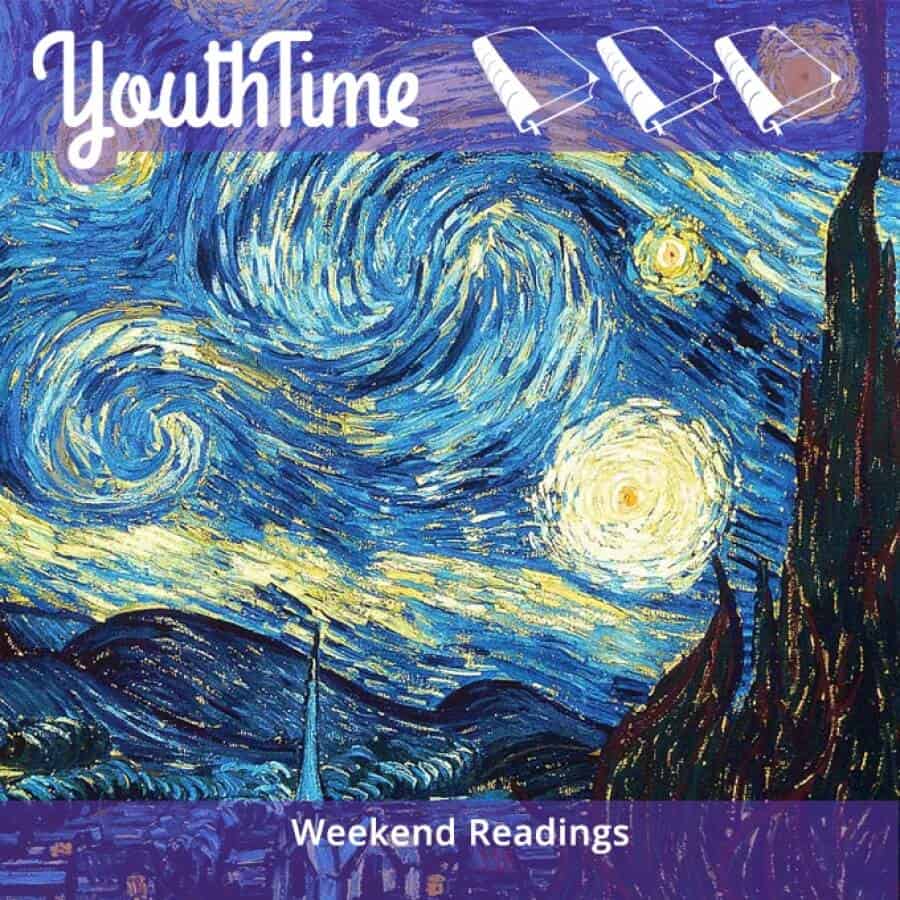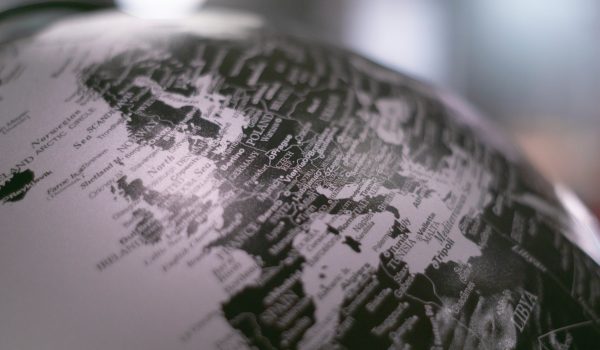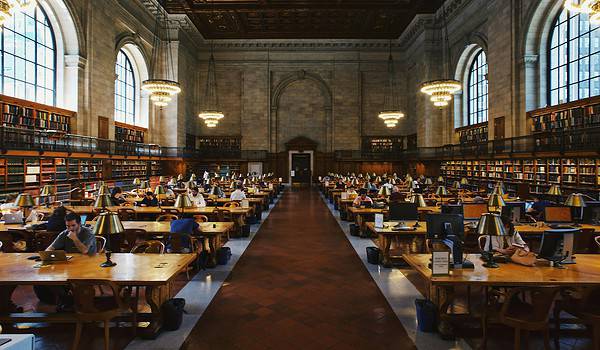Yesterday (the 25th of September) was the opening day of an interesting exhibition called Munch: Van Gogh, in the Van Gogh Museum in Amsterdam. The exhibition focuses on the parallels between the two artists, but also shows the differences that distinguish their art. If you happen to be an art lover and your heart skipped a beat when you heard about this innovative exhibition, there is just one thing to do to make this experience unique, and that is to take an interdisciplinary approach. We have prepared two book recommendations for you: The Private Journals of Edvard Munch: We Are Flames Which Pour Out of the Earth (selection of texts made by J. Gill Holland) and The Letters of a Post-Impressionist by Van Gogh. By reading these two pieces, you will find out more about the inner worlds of Munch and Van Gogh, which may put a new light on their art works.
Edvard Much and Van Gogh
The Norwegian painter Edvard Munch is best known for his painting, Scream. But it would be wrong to limit your knowledge of his life’s work to this one painting, although it is a piece of incredible and disturbing power.
Munch is less known for his writings, but he did try his hand at writing, too, mostly fiction, meditations, and philosophical passages, as well as surrealistic prose. As Frank Høifødt says in the foreword to The Private Journals of Edvard Munch (edition by The University of Wisconsin Press): the literary legacy of Edvard Munch defies generalization.
In the book, you can read about Munch’s emotional states, anxieties, and panic attacks, and his difficult mental condition when he was dealing with the deaths of his mother and sister (both died of tuberculosis).
His father suffered from mental illness, which played an important role in young Edvard’s growing up. This collection of texts shows us an intimate portrait of Munch, with a focus on his insecurities and his relationships with women.
He speaks out about why he creates and how he perceives his own art:
My art is a self-confession. In it, I seek to understand what terms the world and I are on—ergo, a kind of egoism. Yet at the same time, I have always thought and felt that my art might also help others understand their search for sanity.
In these small lyrical contemplations, Munch reveals the origin of some of his paintings (i.e. Scream and Dance of life). There is a somewhat confusing, but beautiful, description of the inspiration for his most famous painting:
The sun was going down—had dipped in flames below the horizon. It was like a flaming sword of blood slicing through the concave of heaven. The sky was like blood—sliced with strips of fire —the hills turned deep blue, the fjord—cut in cold blue, yellow, and red colors— The exploding bloody red—on the path and hand railing —my friends turned glaring yellow white —
—I felt a great scream —and I heard, yes, a great scream— the colors in nature—broke the lines of nature —the lines and colors vibrated with motion —these oscillations of life brought not only my eye into oscillations, it brought also my ears into oscillations— so I actually heard a scream— I painted the picture Scream then.
The journals reveal a great solitude in Munch, but a solitude he is used to and feels comfortable with. He shows that he knows himself pretty well, but as he discovers the new horrors in his identity he tries to make peace with himself:
The fire in the stove is my only comrade—the time I spend sitting before the stove grows longer and longer— it is a cheerful friend— it warms my thin frozen blood […]I don’t think I’m fit to be in love with anyone or that anyone is in love with me— I think I am fit to enjoy being together. I believe I am suited only to paint pictures so I know that I must choose between love—and my work.
Despite his ups and downs, Munch confesses that he really loves life:
And I love life—life even sick—summer days with their sun, with clatter in the street, the clatter of vehicles, dust in the street, the movement of people on the sidewalk.
Besides these magnificent thoughts, in this book edition of The Private Journals of Edvard Munch: We Are Flames Which Pour Out of the Earth, you can also find fifteen lithographs by Munch, with full descriptions. Munch’s works are well known as representations of difficult psychological states, so it is quite interesting to get to know these not-so-famous pieces.
Although Munch and Van Gogh lived at the same time, they never met. Van Gogh belonged to the art movement called post-impressionism, while Munch was on the track of symbolism.
Van Gogh had a great influence on the artists of his time, as well as on future generations. It is a well-known fact that he had problems struggling with his mental illness, mainly depression, anxiety attacks and allegedly – bipolar disorder.
The letters of a Post-Impressionist by Van Gogh is a collection of letters of private, intimate communications, never intended to reach the public eye, as Anthony M. Ludovici said. These are the letters that Van Gogh sent to his brother Theo and to his friend, French painter Émile Bernard. The letters display the most personal thoughts of the artist’s inner world.
Although it might seem wrong for the public in the 21st century to read and study these intimate confessions, they have transcendent importance: they were never intended to come to a reader’s eye, and therefore are completely sincere.
The relationship Van Gogh had with his brother Theo was warm and deeply moving. His brother supported him in pursuing an artistic career. Well, if you can call it a career since Van Gogh sold only one painting during his lifetime. He tried being a minister and felt that as a true calling, then he turned to art teaching and trading, but eventually – he discovered that he was made to be an artist. That made him incredibly happy, even though it wasn’t profitable. So, he wrote to his brother:
You must not take it amiss if I write to you again so soon. I do so only in order to tell you how extraordinarily happy painting makes me feel.
In one letter to his brother, Van Gogh shares his thoughts about the necessity of being active and working, as well as his desire to create something of great meaning, something that will outlive him:
Don’t you think that, after all, it is better for us two to work diligently, even though we have to put up with a good deal in so doing, than to sit down and philosophize, especially at a time like the present? I do not know the future, Theo; but I know the eternal law of change. […] But fancy having created something lasting! And one does not repent so soon for having created something. The busier I am the better; I prefer a piece of work that is a failure to inactivity.
In a letter to his fellow painter, Bernard, Van Gogh speaks about the importance of cultivating the imagination, with an interesting prophecy at the end:
Imagination is surely a faculty that one should develop; for it alone enables us to create a more inspiring and comforting world than we can apprehend by means of a fleeting glance at reality, which is for ever changing and which vanishes like a flash of lightning. How glad I should be one day to try to paint the starry heavens as also a meadow studded with dandelions in the sunlight.
An unusual optimism comes from Van Gogh, given the fact he has been viewed as a desperate and unfortunate soul in art history:
Thus one must be as patient as an ox if one would wish to cultivate the field of art. But how lucky oxen are to have nothing to do with this confounded business of painting!
Read through Munch’s journals and the whole collection of Van Gogh letters to get a more complete picture of the two artists’ identities. The Munch:Van Gogh exhibition in Amsterdam closes on the 17th of January, 2016, so you have plenty of time to read these two books and do some further research.
Read more here.
Support us!
All your donations will be used to pay the magazine’s journalists and to support the ongoing costs of maintaining the site.
Share this post
Interested in co-operating with us?
We are open to co-operation from writers and businesses alike. You can reach us on our email at cooperations@youthtimemag.com/magazine@youthtimemag.com and we will get back to you as quick as we can.









